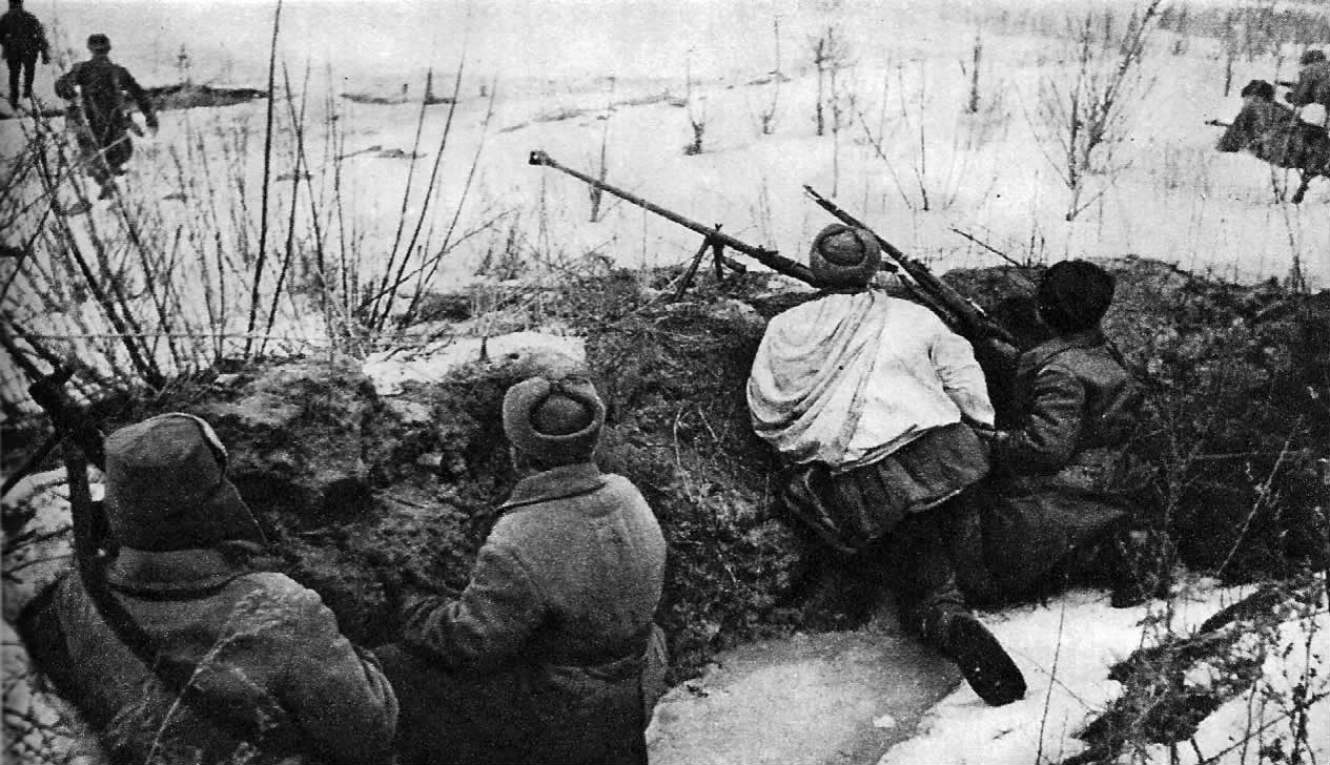The Western allies were fighting against Germany long before the USSR even got involved against them, even back when the USSR was still Nazi Germany's military ally jointly waging war against Poland.
View attachment 67573791
Unlike the USSR and their reliance on meat assaults, the West had brains and relied more heavily on tech and industry to tie up Germany resources and destroy German equipment (this is a bit harder to calculate than going off a single number like casualties, so don't bother). Russia's casualties would have been even greater (and it's likely they would have given up like they did in WWI) if they didn't get enormous industrial support from the West not just in terms of trucks and tanks, but also in simple stuff they should have had plenty of like blankets and food.
No they weren’t. The Soviets spent five years trying to build a “popular front” against the Germans in the interwar period. Soviet advisors were fighting against the Nazis in Spain long before the West belatedly decided to go to war.



Tell that to the troops in Italy or the bocage.
“The Red Army was outnumbered by Axis forces in 1941 at the beginning of Operation Barbarossa. Soviet mobilization efforts and steady German losses began to change the force ratios in 1942, but the Red Army only had a roughly 2:1 advantage from February 1943 until mid-1944 before maxing out at a little over 4: 1 at the very end of the war.
Here’s another way of looking at the force ratios. The Red Army in the field actually peaked in size in mid-1943, but the
ratios continued to shift in its favor due to Germany’s inability to replace losses. The Red Army didn’t keep getting bigger, but it maintained its size while the Wehrmacht steadily lost ground, literally and figuratively.
What’s interesting is that the Soviet Union was not able to draw on a bottomless well of recruits to achieve these ratios. The Soviet Union had a larger population than Germany in 1939 — about twice as large. But the Soviet Union that fought World War II was not the Soviet Union of 1939. In 1941 the Axis occupied about a third of Soviet territory where
45 percent of its populationlived — nearly 90 million people out of 190 million. Some refugees fled the occupied zones. The best estimate is that 110 to 120 million people remained in the unoccupied areas of the Soviet Union.
For nearly two years, the Soviets actually fought with a lower population base than the United States.
In 1990, John Ellis wrote
Brute Force: Allied Strategy and Tactics in the Second World War in which he suggested that American, Russian, and British commanders alike “seemed unable to impose their will upon the enemy except by slowly and persistently battering him to death with a blunt instrument.”
Ellis detailed the advantages of the Allies. For example: once American troops began landing in North Africa in late 1942, the Allies quickly achieved rough parity with Axis forces, and by March 1943 had a
3:1 overall advantage in divisions in North Africa. The Allies had more divisions in Italy than the Axis from July 1943 until the end of the war, at times achieving a
ratio there of 1.5:1.”
Joseph Stalin supposedly claimed that "quantity has a quality all its own," justifying a cannon-fodder mentality and immense casualties. The problem is,
warontherocks.com
Lend lease tasks and aircraft made up only a small fraction of the Soviet arsenal, so that excuse doesn’t hold up either.

 www.yahoo.com
www.yahoo.com









